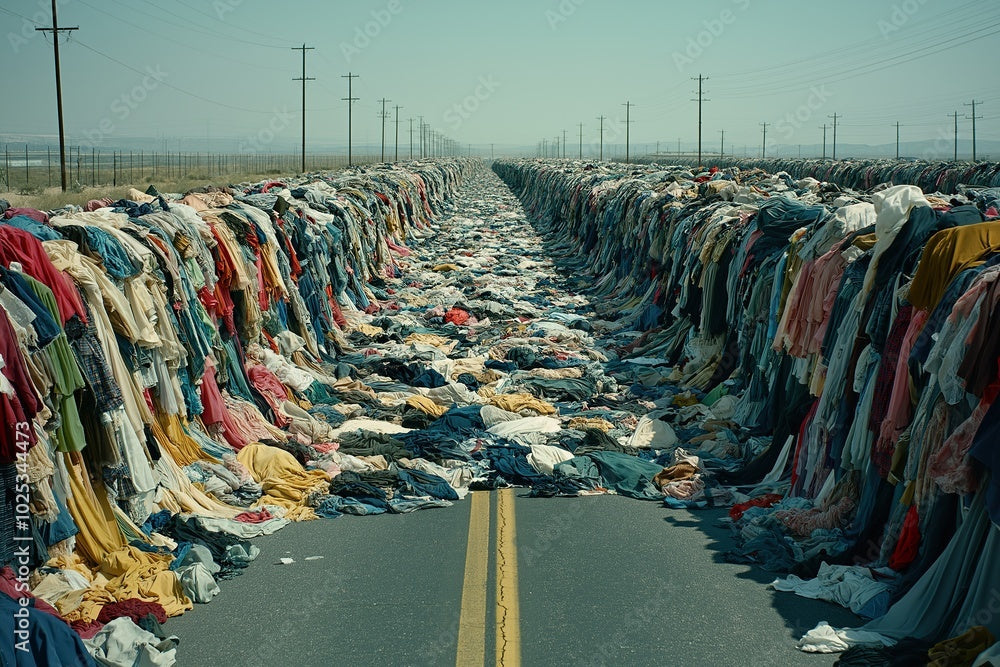Serving Quality

How slow fashion supports sustainability
Slow fashion encourages consumers to think differently about how they shop. Instead of impulse buying, the focus shifts to considering how a garment fits into your lifestyle and whether it’s truly needed. By investing in fewer, better-quality pieces, you naturally consume less and reduce waste.

Are we eating microplastics?
'Humans, on average, ingest about 5 grams of microplastic every week, which is about the size of a credit card.'
What can we do to help?
Taking proper care of your bathing suits is essential not just for maintaining their longevity and appearance, but also for contributing to environmental sustainability.
Here’s why:
1. Extending the Life of Your Bathing Suit
Proper care can significantly extend the life of your swimwear, reducing the need to frequently purchase new items. Here are some tips for maintaining your bathing suits:
- Rinse after use: Chlorine, salt, and sunscreen can degrade fabrics. Rinse your suit in cold water immediately after use to remove these substances.
- Hand wash: Use a mild detergent and avoid wringing out the suit. Instead, gently press out the water and lay it flat to dry.
- Avoid heat: Never use a washing machine, dryer, or iron. Heat can break down the elastic fibers and cause your suit to lose its shape.

2. Reducing Microplastic Pollution
Microfibers are minute fibers that shed from synthetic materials such as fleece, socks, athletic wear, swimwear, blouses, trousers, and a wide range of other fabrics used in everyday items. These tiny fibers are a significant environmental concern.
Why Is This a Problem?
Each time these synthetic fabrics are washed, millions of microfibers are released into the water. Due to their small size, they bypass filtration systems in water treatment plants and eventually end up in oceans and waterways. This contamination poses a severe threat to marine life and human health, as plastic fibers have been detected in fish and shellfish sold for consumption.
The Truth
Most fabrics used in the manufacturing of goods in the US contain microfibers, regardless of whether they are labeled as sustainable. However, the quality of the fabric influences the amount of microfiber released; higher quality fabrics tend to shed fewer microfibers. Our bathing suits are made with highest quality fabrics to minimize environmental impact and reduce the release of microfibers.
By choosing high-quality materials, we aim to mitigate the adverse effects on the environment while providing durable and sustainable products.
3. Supporting Sustainable Practices
Most people are unaware that many stretchy fabrics, including swimwear, activewear, and even stretchy cotton, are made from plastic.
The innovative fabric used for our swimwear collection is produced from existing plastic waste rather than creating new plastic.
Considering that plastics can take hundreds of years to degrade, if they break down at all, it's clear why we should avoid contributing to this issue. Our approach repurposes plastic waste, reducing the environmental burden by transforming it into durable, high-quality fabric for our products. This method not only helps reduce plastic waste in our oceans but also supports a more sustainable and circular economy.
'Plastic waste is melted down to their original form and spun into a fiber called Nylon 6, which is then woven together like traditional lycra to make the soft fabric our bikinis are made from!'
By choosing eco-friendly swimwear and maintaining it properly, you not only ensure your swimwear lasts longer but also contribute to the reduction of environmental impact.


Miami Swim Week: A Night of Elegance and Innovation

A secret to perfect hourglass figure
Are you ready to hear the oldest secret to a perfect hourglass figure?


